With the launch of the much anticipated XDJ-AZ, many DJs are wondering how it stacks up against the XDJ-XZ. The XZ was Pioneer DJ’s previous flagship all-in-one and was a super popular choice for venues and mobile DJs. While the XDJ-AZ promises to improve on its predecessor across the board, the XDJ-XZ is far from redundant and may still be a good pick for many.
In this article, we’ll break down the key differences, comparing features like deck channels, touchscreens, connectivity options, and performance functionality to help you decide which all-in-one DJ system is right for you.
So, which is better, XZ or AZ? Read on to find out.
Overview: XDJ-AZ vs. XDJ-XZ
XDJ-AZ: AlphaTheta’s latest flagship, offering true 4-channel standalone playback, an enhanced touchscreen, and cutting-edge Wi-Fi and streaming capabilities. Its design borrows from club-standard CDJ-3000 and DJM-A9 gear, making it the closest experience to a pro club setup in a single, portable unit.
XDJ-XZ: This has been a long-time favourite in the all-in-one category. It offers 4-channel mixing but only 2-channel USB playback, with the option to connect external CDJs or turntables for channels 3 and 4.
Key Differences at a Glance
| Feature | AlphaTheta XDJ-AZ | Pioneer DJ XDJ-XZ |
|---|---|---|
| Channels | 4-channel standalone from USB | 2 channels from USB, 4 with externals |
| Touchscreen | 10.1 inch | 7 inch |
| Jog Wheels | Full-size CDJ-3000 style jog wheels with display | Full-size CDJ-2000NXS2 style jog wheels with display |
| Connectivity | Wi-Fi, Ethernet, USB-C, Bluetooth | USB, LAN |
| Compatibility | rekordbox, Serato Pro | rekordbox, Serato Pro |
| Performance Pads | 8 dynamic RGB pads per deck | 8 RGB pads per deck |
| Price | $3,199/£2,799 | $2,499/£2049 |
XDJ-AZ vs XDJ-XZ Feature comparison
Channels
One of the biggest steps up with the new XDJ-AZ is that it now offers true four-channel standalone playback. This means you can load and control four decks straight from one USB, with no extra gear needed. There’s a dedicated deck selector button on top of each jog wheel, allowing you to switch between each channel. This gives you a lot of extra power to mix three or four tracks simultaneously or to play around with acapellas.
Probably the main criticism people had of the XDJ-XZ was that it’s limited to just two channels from a USB. If you want to use all four channels on the mixer, you’ll need to hook up external gear, like extra CDJs or turntables. This might be perfect if you’re after a hybrid setup mixing vinyl and digital, but it’s a crucial limitation.
Winner: XDJ-AZ – The 4-channel standalone setup is a major upgrade in functionality.
Screen
The huge screen is one of the first things you notice about the XDJ-AZ. It’s a lovely 10.1-inch hi-res touchscreen, and it offers a serious upgrade on the previous model. This is great for when you’re searching for your next tune and need to see lots of tracks clearly. It’s also got the new Touch Preview and Touch Cue features that let you preview tracks without even loading them to a deck.
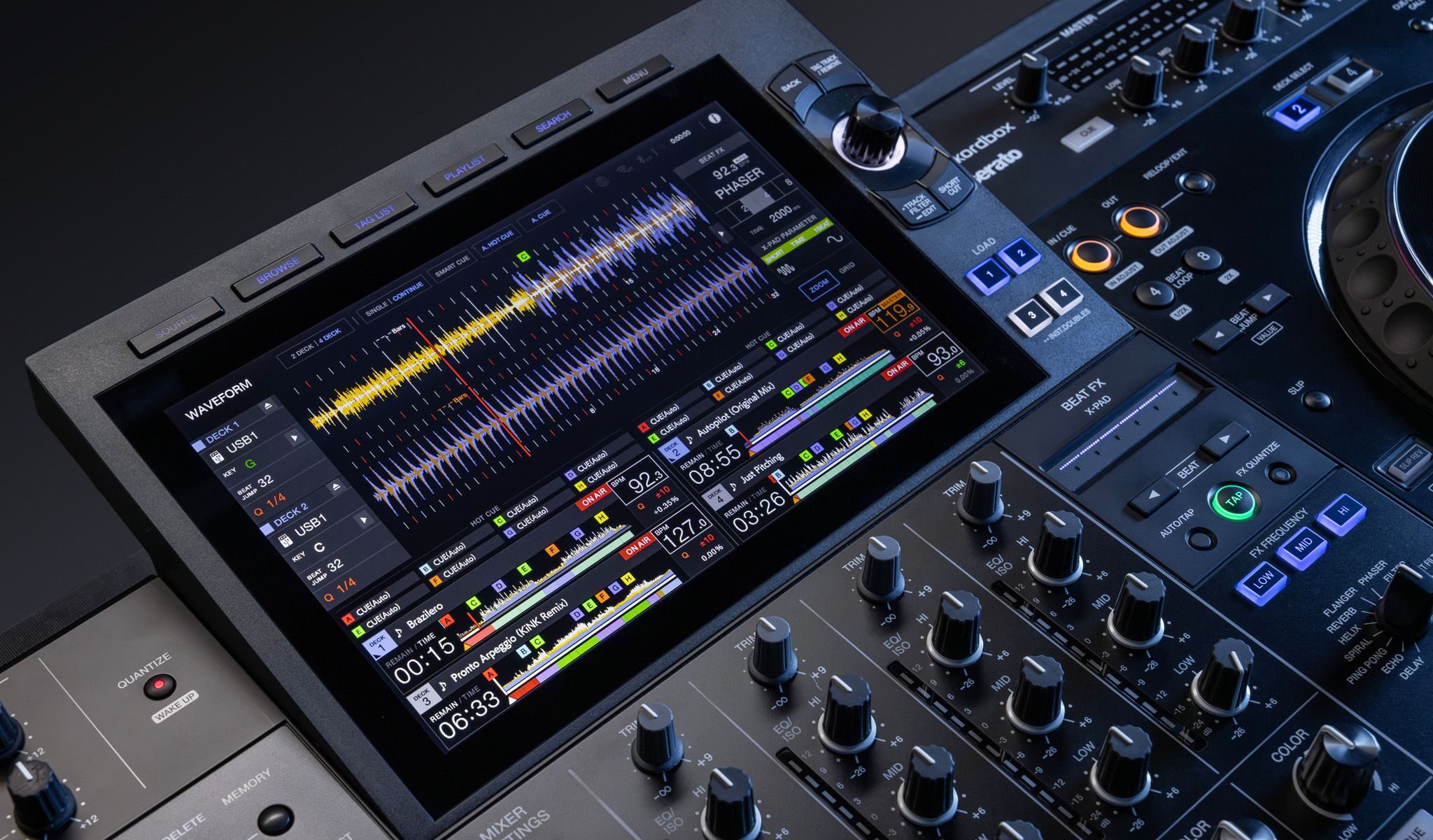
The large screen on the XDJ-AZ feels like a major upgrade.
The XDJ-XZ has a smaller 7-inch screen. While it’s still a solid display, it doesn’t quite match the larger, sharper experience of the AZ. As you’d expect from older tech, it all just feels slower and clunkier but it’s not a big issue. If you’re not too fussed about screen size and only need two channels showing at once, the XZ’s screen will work fine.
Winner: XDJ-AZ – The bigger screen makes a difference, especially for big setlists and info at a glance.
Connectivity and Streaming:
The AZ comes with just about all the connections and streaming support you’d expect from flagship DJ gear. It’s got built-in Wi-Fi and Ethernet connections, so you can use Beatport Streaming or rekordbox CloudDirectPlay directly on the device. You can even pull tracks from your phone via the rekordbox app, and Bluetooth lets you play audio from any Bluetooth device on channels 3 or 4 – perfect for those last-minute song requests.
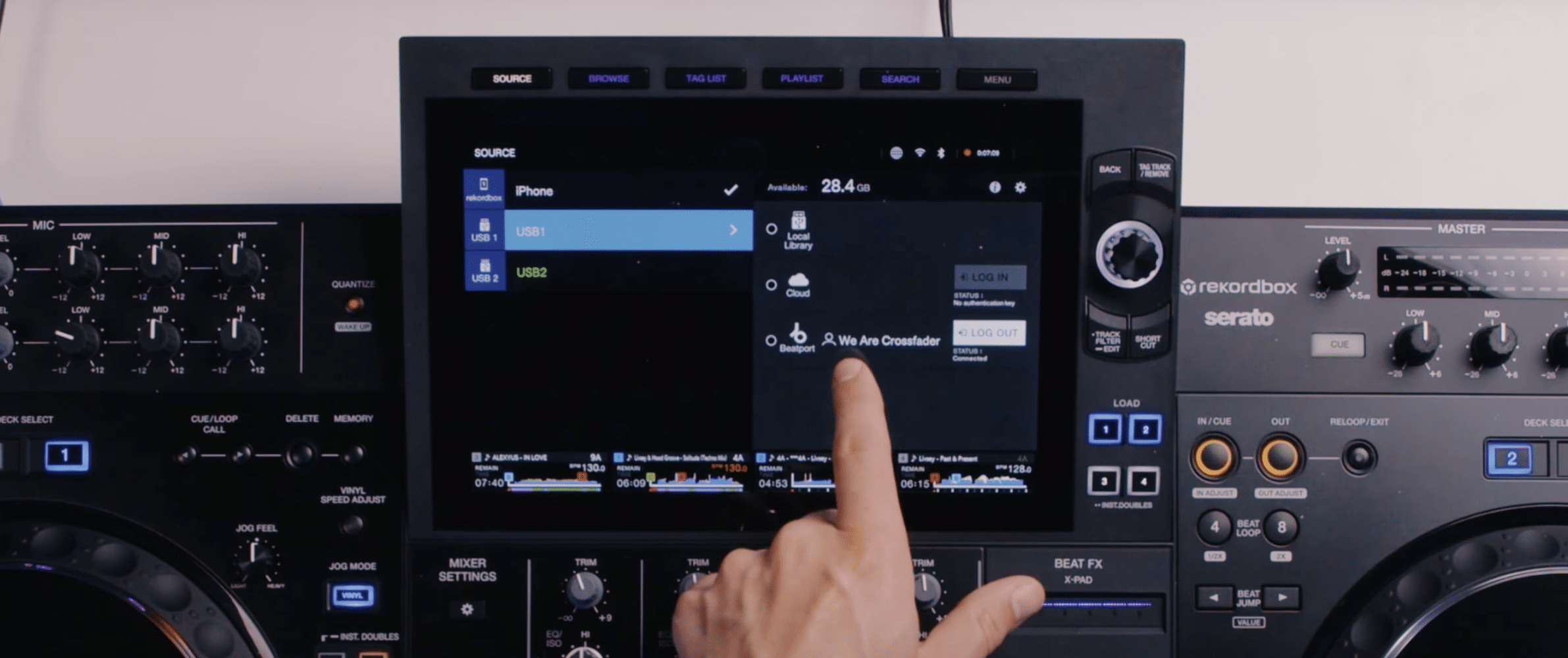
The AZ’s streaming capability makes it much more versatile – especially if someone requests a track that’s not on your USB.
The XZ’s connections are pretty basic by today’s standards. It has two USB inputs and LAN, but that’s it. There’s no Wi-Fi or Bluetooth, which is a big loss compared to new devices. That means it won’t work with any streaming services.
Winner: XDJ-AZ – The Wi-Fi and streaming options open up so much flexibility.
Jog Wheels:
Both the XDJ-AZ and XDJ-XZ come with full-size CDJ-style jog wheels. There are a couple of differences, however. On the AZ, you get the jog wheels borrowed from the current club-standard flagship CDJ-3000s. These have a fantastic feel with a great response and adjustable tension. There’s also a display in the middle of each, and they light up red when ‘on air’, so you know exactly what’s playing at all times.
The XDJ-XZ’s jog wheels are similar to those on previous-generation club gear, like the CDJ-2000s. They’re also full-size, feel great, and offer a screen, albeit a smaller, lower-res one.
Winner: XDJ-AZ – Just slightly ahead, thanks to the feel and response of the CDJ-300 style.
Mixer:
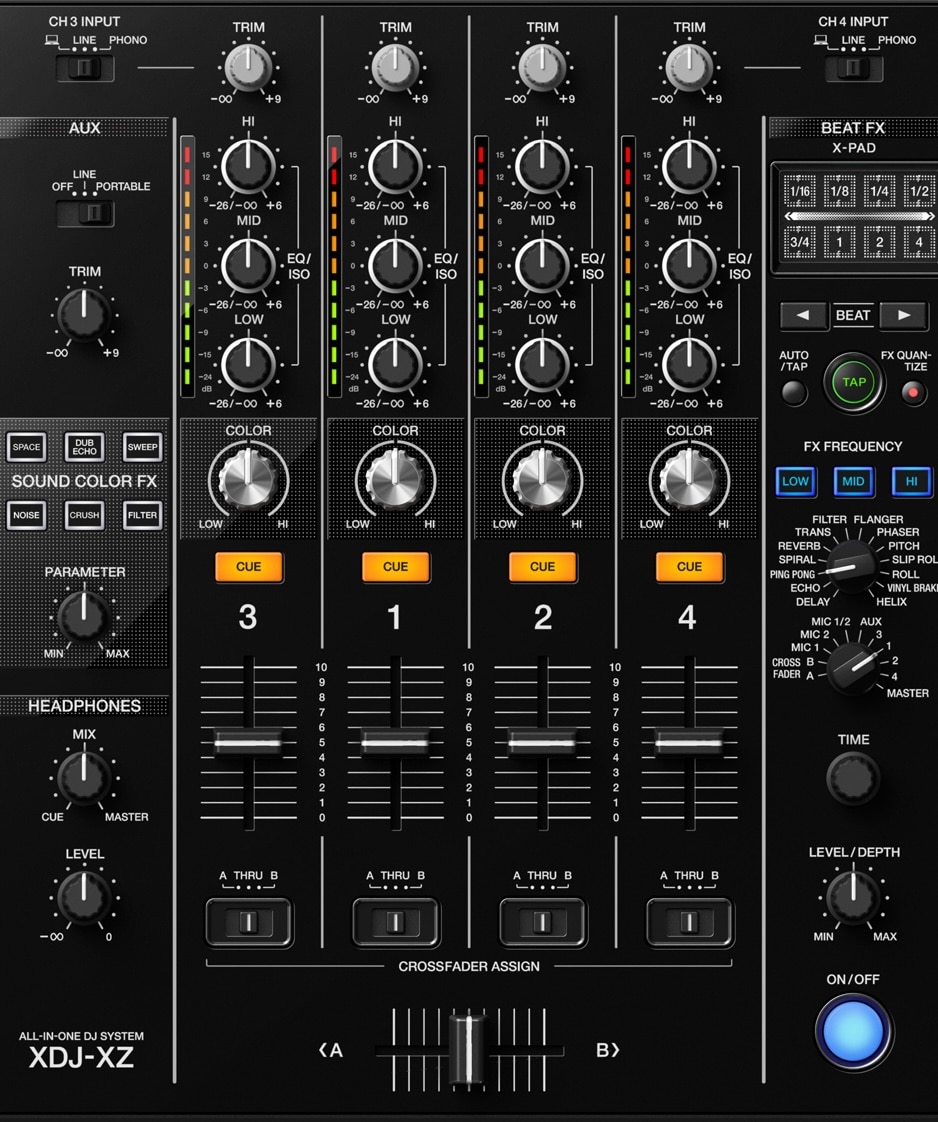
XDJ-XZ Mixer
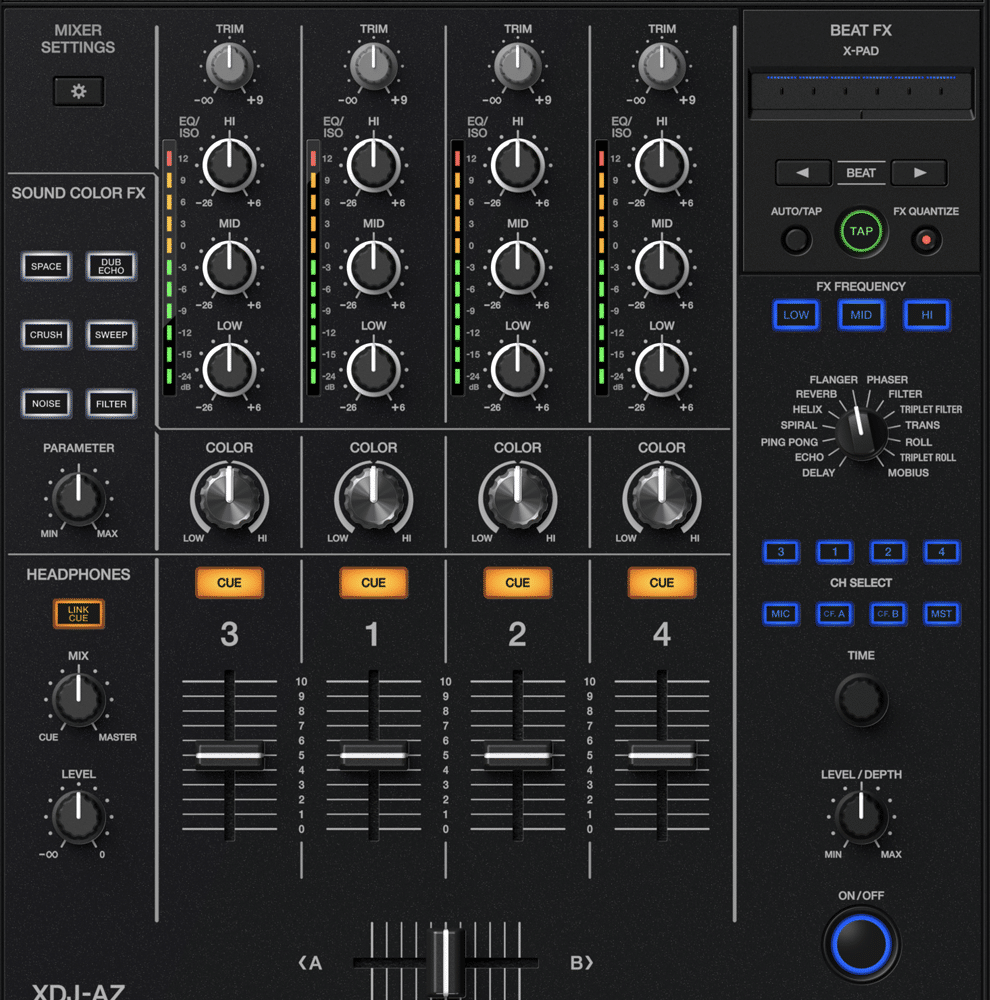
XDJ-AZ Mixer
The AZ mixer is modelled after the current club standard Pioneer mixer, the DJM-A9. This means it brings along all the latest effects, including the new Mobius and triplet filter rolls. Also inherited is the upgraded touch-sensitive X-Pad, which gives you even greater control over these effects.
The XZ is modelled after the older Pioneer club mixers, such as the DJM-900NXS2. You’ll still find these in many venues, and the differences between generations are minimal. There are a couple fewer Beat FX and Color FX, but it’s unlikely to be an issue for most DJs.
Winner: XDJ-AZ – The new effects and X-Pad are a slight creative boost, but it’s a narrow victory.
Price and value:
At $3,199/£2,799, the XDJ-AZ sits right at the top of the DJ all-in-one market. That makes it pretty hard to call good value but when you compare it to the cost of CDJs and a mixer, it’s much more reasonable. A club-standard setup of two CDJ-3000s and a DJM-A9 mixer will set you back well over $7000, and this is the closest thing you can get, at a fraction of the price.
The XDJ-XZ retailed at $2,499/£2049, but it’s now being discontinued. These come up regularly on the second-hand market, and if you can get one at a good price, it’s still a solid option.
Winner: XDJ-XZ – These are now available at a much lower price, and are a good buy if you don’t need the AZ’s advanced features.
Which Should You Choose?
Overall, the XDJ-AZ is a clear step up in every category. It’s a far more capable model with modern features, and its four-channel playback makes it a more useful and versatile piece of kit. You’d expect that, though, given that it’s a newer model and comes with a hefty price increase.
The XDJ-XZ isn’t exactly obsolete yet. Even though it’s now being discontinued, it’s still a very powerful DJ system. If you don’t need four-channel playback or new features like streaming support, it might still be worth considering. You can regularly find them on the second-hand market for a healthy discount, especially compared to the new AZ. If, for example, you’re running a venue that wants a powerful all-in-one with four channels on the mixer to connect to two turntables, this is a great budget option.
Here’s a quick rundown of which model might be right for you:
Choose the XDJ-AZ if you:
- Want full 4-channel standalone playback without external gear.
- Need the latest streaming options with Wi-Fi and Bluetooth connectivity.
- Prefer the larger 10.1-inch touchscreen for easier browsing and enhanced performance control.
- Want a closer match to the club-standard CDJ-3000 and DJM-A9 setup.
Choose the XDJ-XZ if you:
- Don’t need standalone playback on all four channels and plan to integrate external CDJs or turntables.
- Prefer a more affordable option without sacrificing core performance features.
- Don’t require streaming or Wi-Fi and are comfortable with just USB-based music management.
- Still want a solid, professional-grade setup suitable for bar and club environments.
Want to learn how to get the most out of any Pioneer XDJ system? Our XDJ Beginner Course will take you through everything you need to get to grips with these setups. Check out a free preview lesson.
8.5 hours 47 lessons Beginner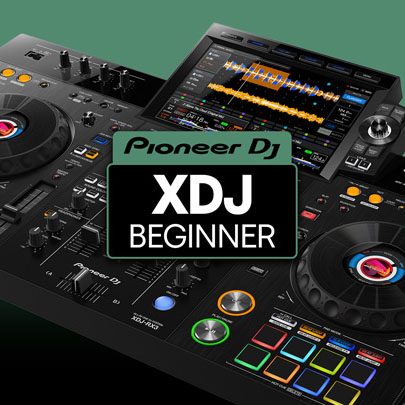
Pioneer XDJ DJ Course
Still not sure which one’s right for you? See them both in action in the mixes below:
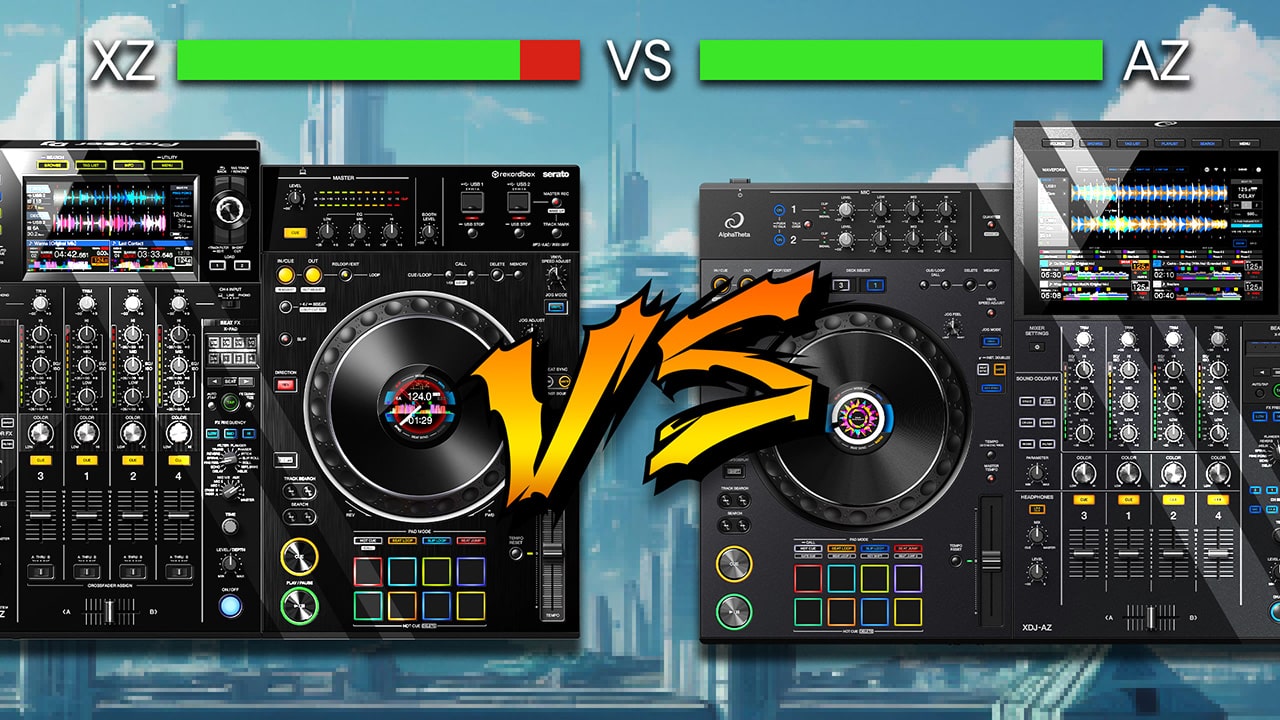

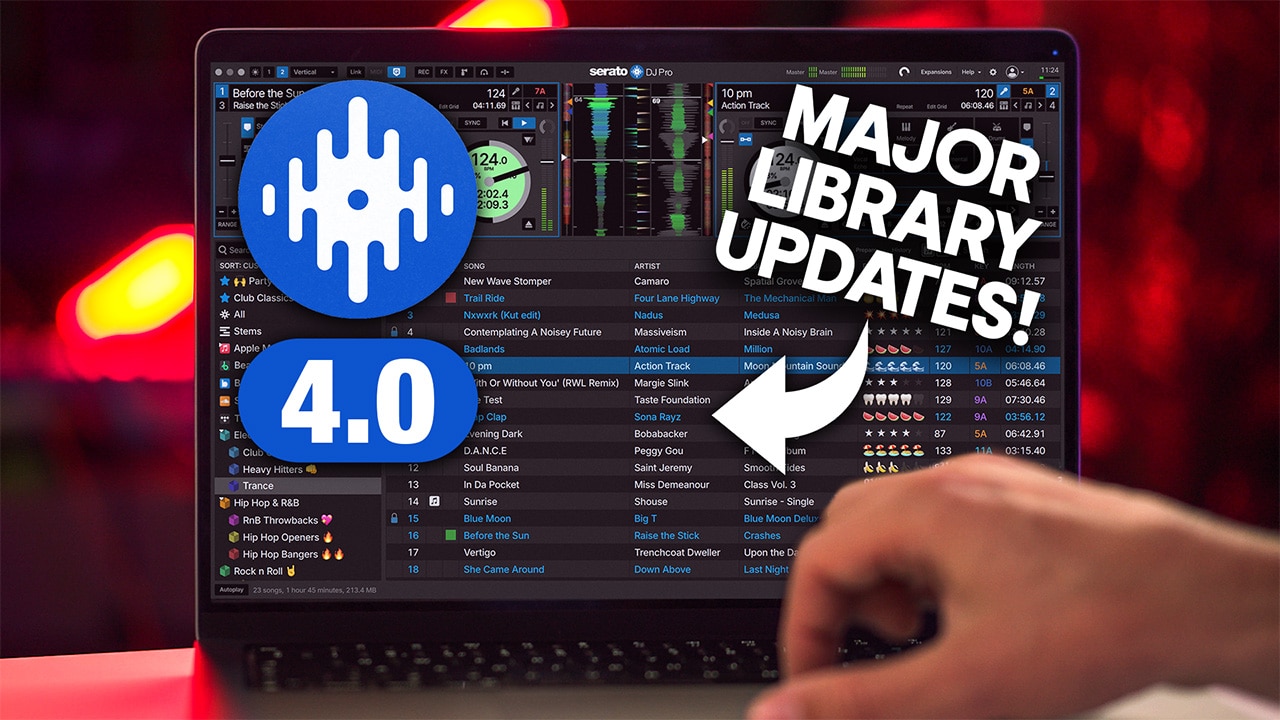

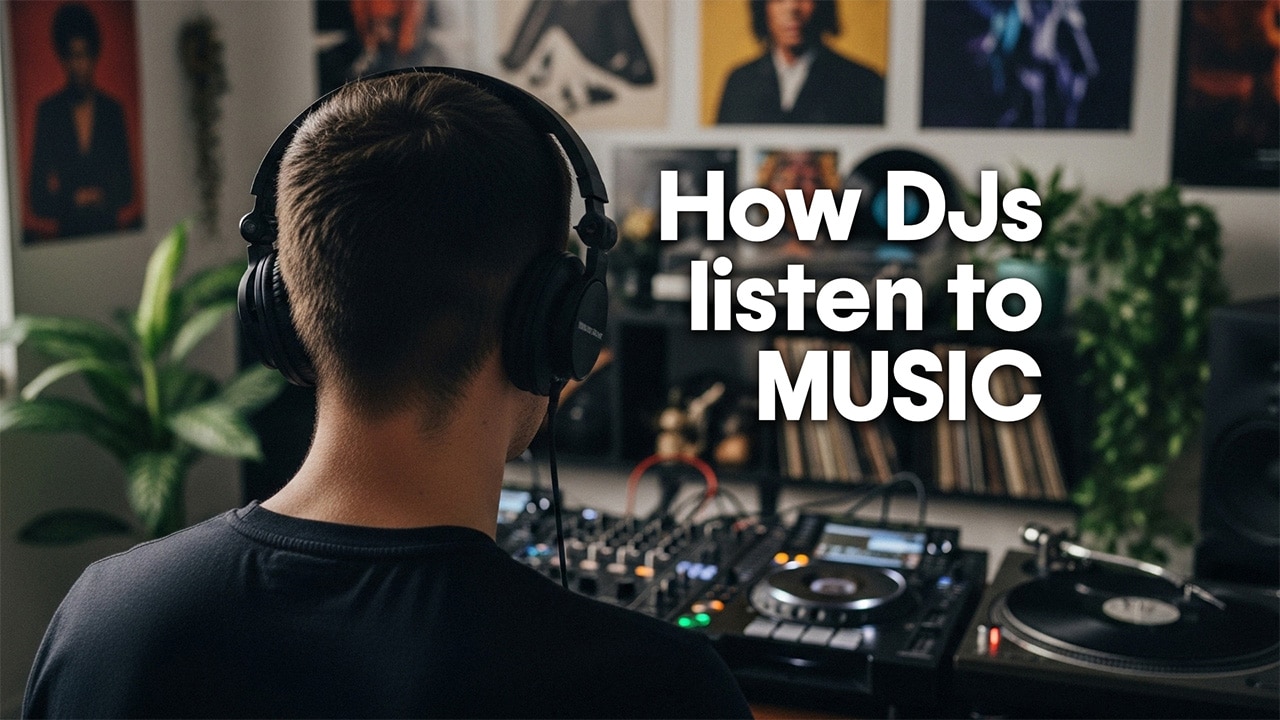
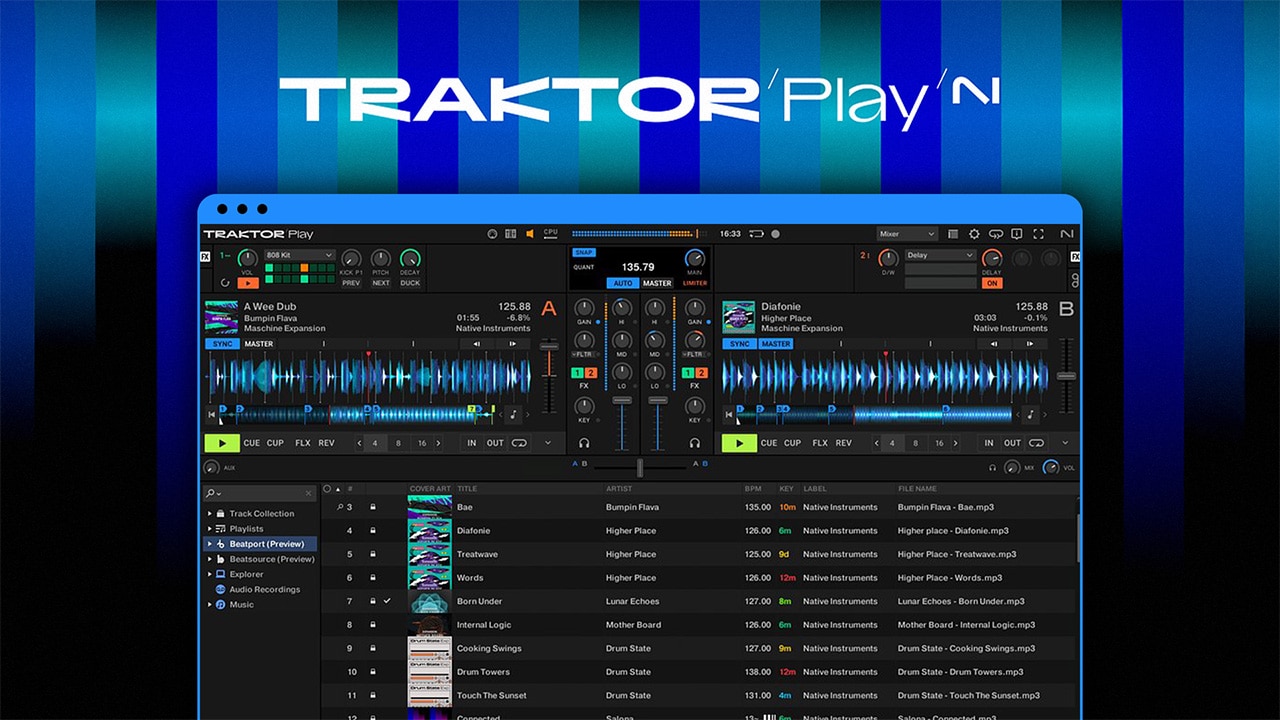
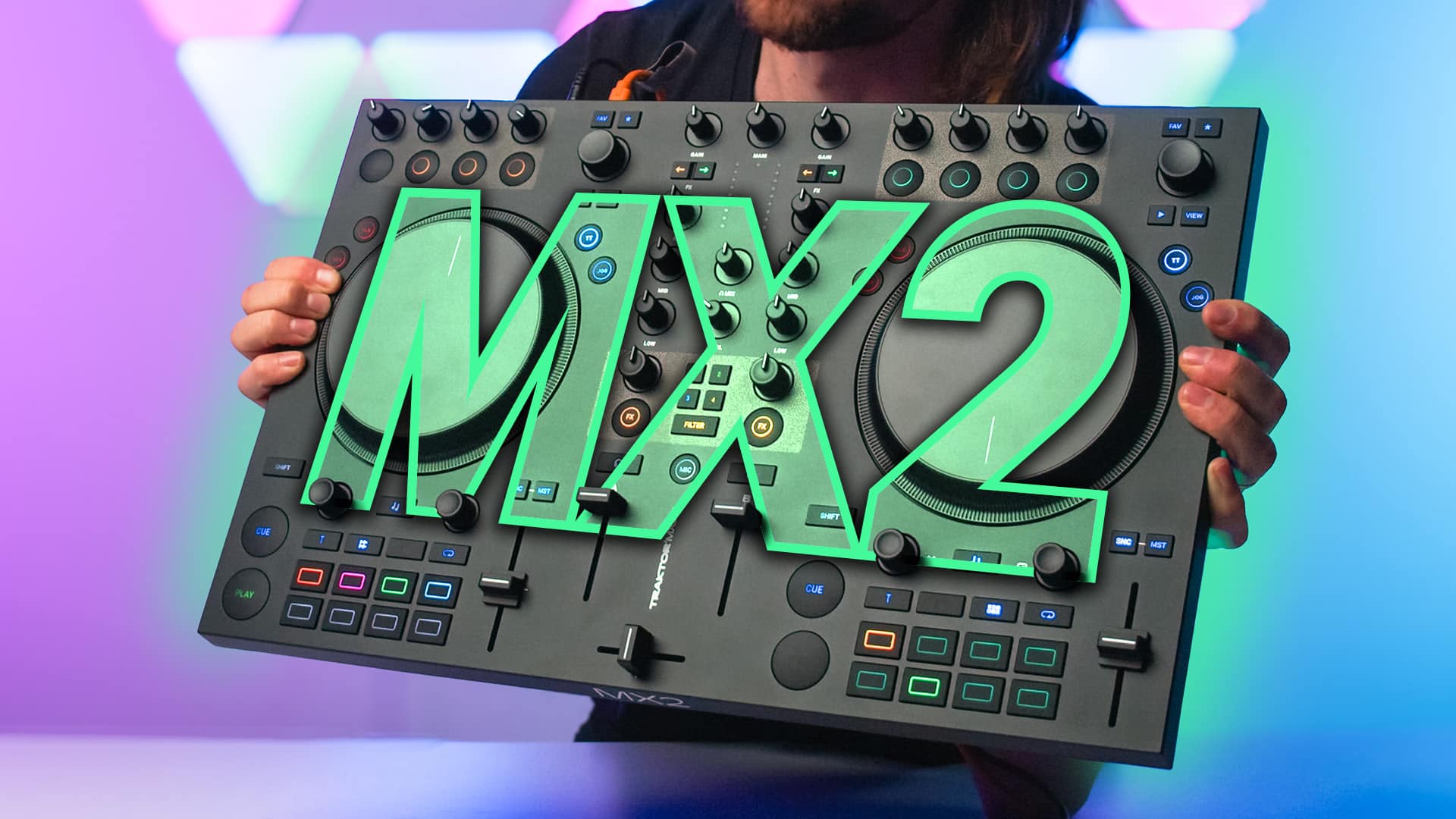
I just got the XZ used for $2000 on Marketplace from a girl in LA and DJS-1000 sampler for $1000 on ebay (including tax and shipping). I like having all three in one. They seem pretty similar, but I like the flexibility and affordability. Not sure if it is noted but the XZ had 3 Ethernet connections built in AND a send, so you don’t have to buy an external ethernet box to connect a couple more external devices. Super excited. I am upgrading from a XDJ-RX2 which I love, but I do a lot of complex stuff with outboard synths etc. more experimental so I needed the upgrade.
Does the AZ mimic the 3000 with 4 players with one USB stick or two USB sticks. Does it work the same as the 3000 regarding USB sticks? Details please.
The AZ has two USB ports and can play tracks on all 4 decks off of either one USB stick or two.